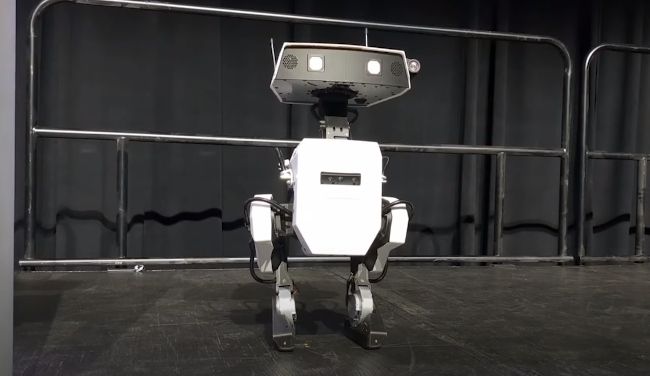Virtual reality can already fool your eyes and ears, but what about your sense of touch? Scientists at Stanford University and MIT have created a clever new sleeve that might solve one of VR's biggest challenges: making virtual objects feel real.
A Gentle Touch from Thin Air
Named Haptiknit, this special sleeve doesn't use the buzzing motors found in game controllers or smartphones. Instead, it uses something much simpler: air. Small pouches in the sleeve can inflate and deflate quickly, creating gentle pressures that feel like taps or strokes on your skin.
"Imagine being able to feel a virtual handshake, or the sensation of picking up a digital object," says Professor Allison Okamura, who led the research team. "That's the kind of experience we're working toward."
How Does It Work?
The sleeve looks deceptively simple – like something you might wear on a cool day. But hidden within its knitted fabric are eight small air pouches arranged in two neat rows. Each pouch can be controlled independently, inflating and deflating on command through tiny tubes connected to a small pump worn on the arm.
What makes this invention special is how it's built. The researchers combined ordinary cotton and nylon with special thermoplastic fibers. When heated, these fibers create firm "dishes" that house the air pouches. This clever design ensures that when the pouches inflate, they press inward against your skin rather than ballooning outward.
Better Than Buzzing
To test their invention, the research team invited 32 volunteers to try both the air-powered sleeve and a traditional vibrating system. The results were clear: people wearing Haptiknit were better at telling exactly where they were being "touched" in virtual reality.
The sleeve can do more than just poke at your arm. By inflating the pouches one after another in a wave, it can create the sensation of something stroking your skin. This could make virtual experiences feel much more lifelike – imagine feeling the brush of a virtual pet or the tap of a friend's hand in the metaverse.
Comfort Meets Technology
One of the biggest challenges in creating wearable technology is making something people actually want to wear. Previous attempts at VR touch systems often looked like something from a science fiction movie – bulky, rigid, and uncomfortable.
The Haptiknit sleeve solves this problem in a clever way. "A major challenge in soft robotics is connecting hard and soft parts – they tend to come apart," explains Professor Okamura. "But our knitting technique creates a seamless transition between rigid and flexible areas because it's all one continuous piece of fabric."
Beyond Gaming
While virtual reality gaming might be the most obvious use for this technology, the researchers see much broader possibilities. The sleeve could help with:
- Training surgeons through virtual procedures
- Remote physical therapy sessions
- More immersive long-distance communication
- Educational experiences where touch is important
What's Next?
Right now, the system still needs a pump attached to your arm, but the researchers are already thinking about how to make it smaller and more practical for everyday use. They envision a future where this technology could be built into regular clothing, ready to activate whenever you step into virtual reality.
As virtual and augmented reality become bigger parts of our lives, technologies like Haptiknit could help bridge the gap between the digital and physical worlds. Being able to feel virtual objects and touches could make these digital experiences feel more natural and meaningful.
"We want to create devices that people would actually use in their daily lives," says Okamura. "Whether it's for entertainment, communication, training, or physical assistance, making the technology comfortable and practical is key."
The future of virtual reality might not just be about what we can see and hear – thanks to innovations like Haptiknit, it could be about what we can feel, too. And that future might be as light as air.


















